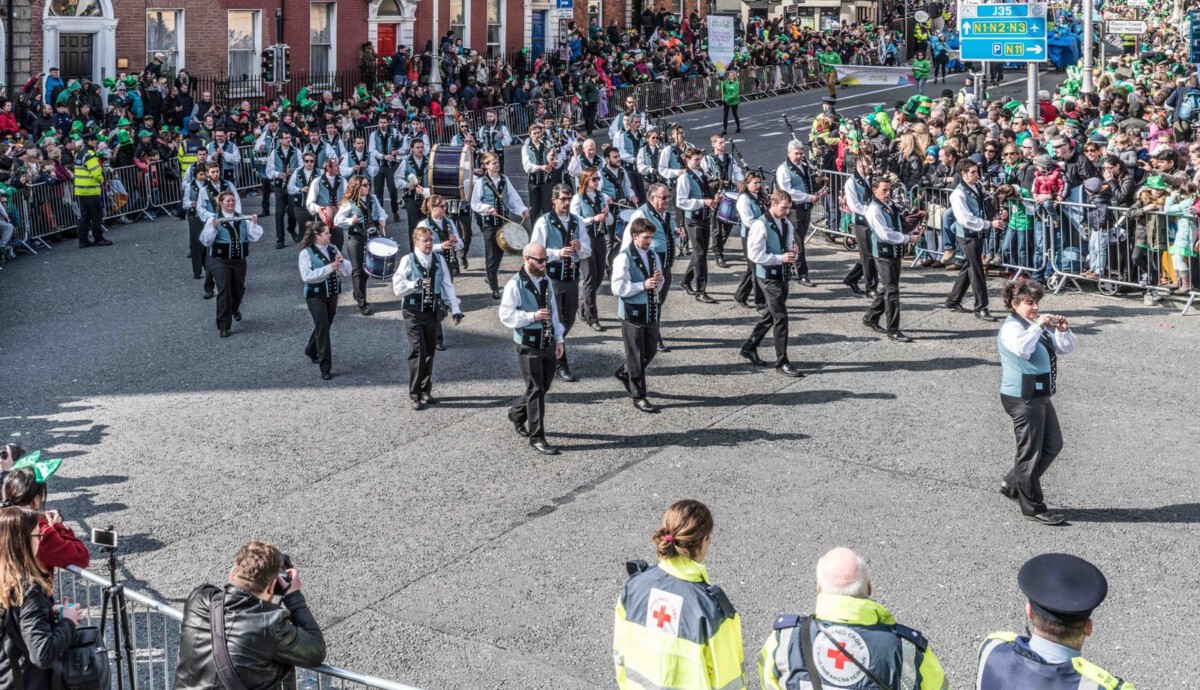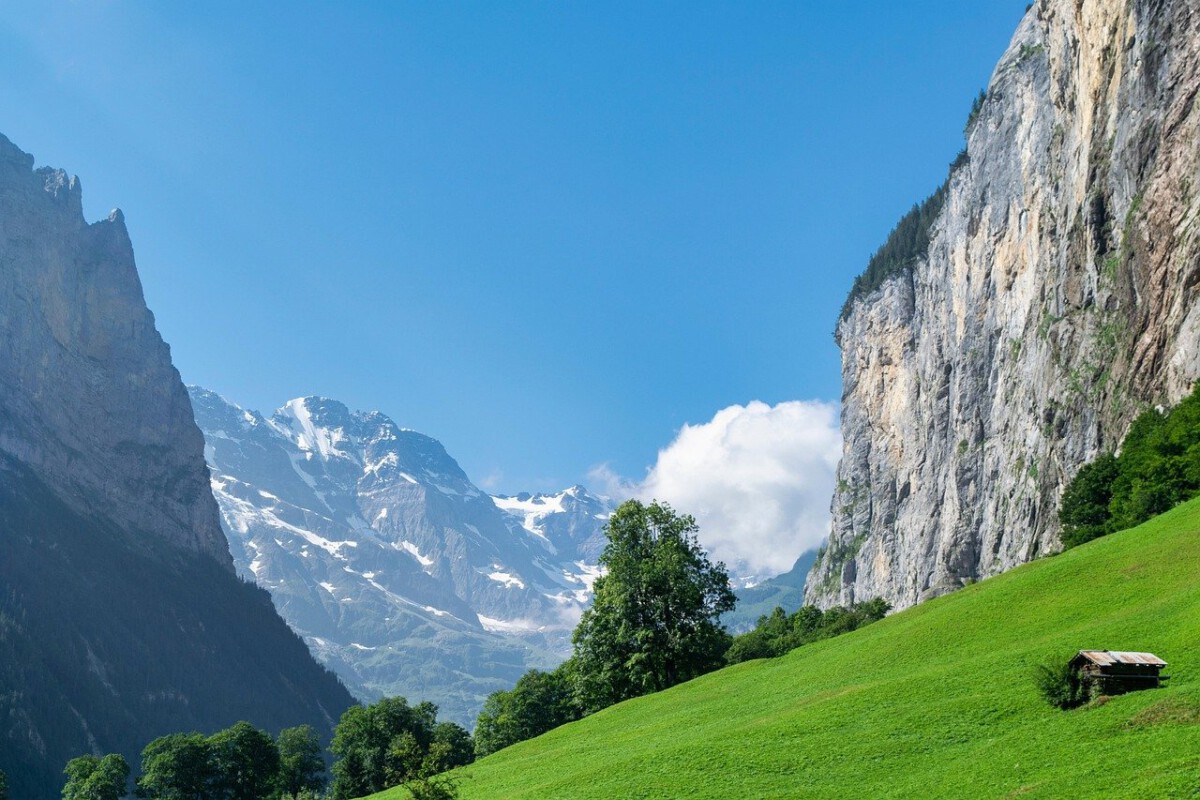Living Museums on Bannack’s Main Street
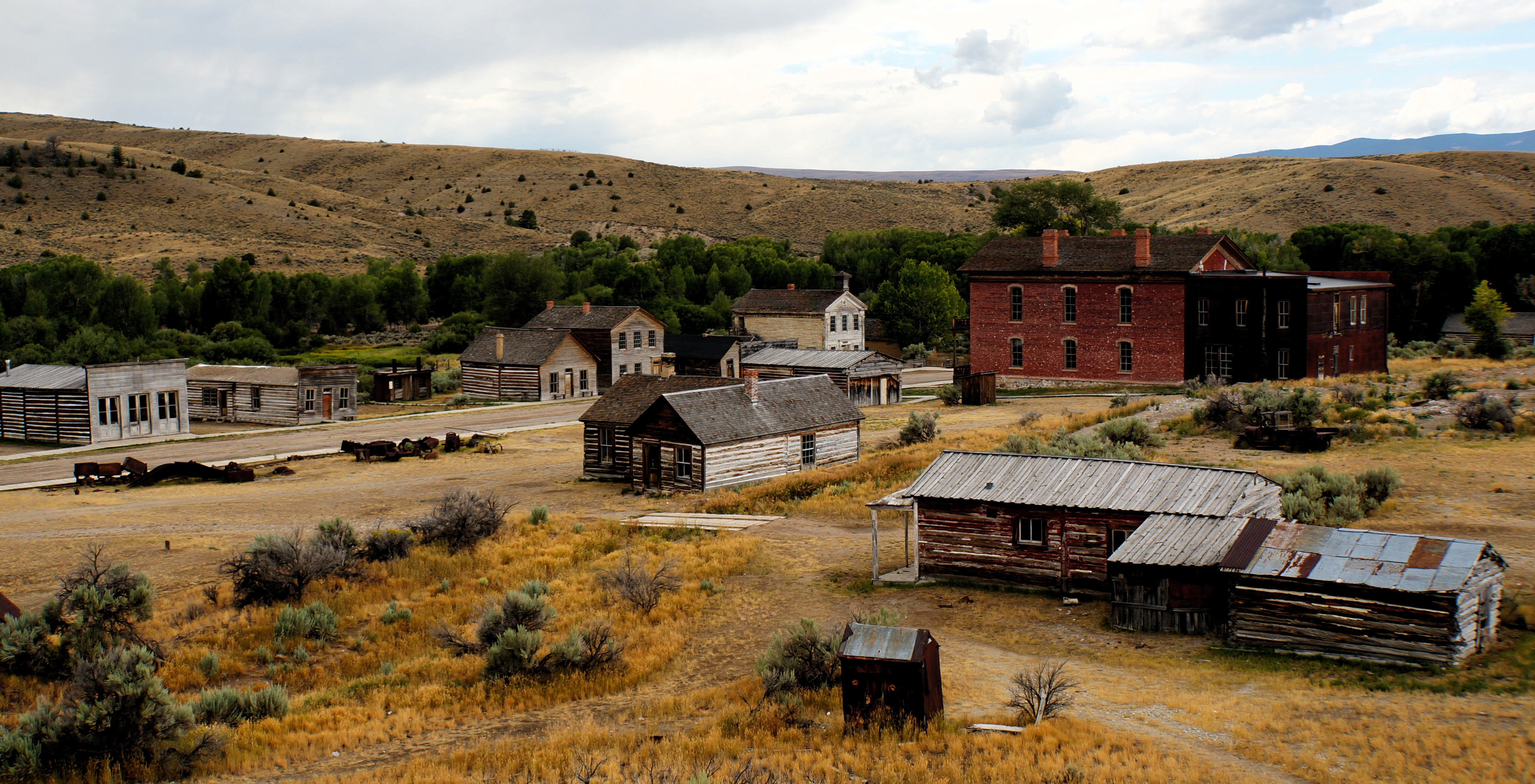
When you step onto the wooden boardwalks of Bannack State Park, it’s impossible not to feel like you’ve stumbled through a portal to the 1860s. This ghost town preserves over 60 historic buildings, making it Montana’s best-preserved mining settlement from the Wild West era. The silence hits you first – no modern hum of traffic or electronic devices, just the whisper of wind through weathered logs and the distant call of meadowlarks.
Walking down the empty main street in the early morning hours, you can almost hear the echo of miners’ boots and the creak of wagon wheels that once filled these dusty lanes. Standing in one of the old saloons, you might imagine the sounds of clinking glasses, drunken laughter, and piano music that once brought life to these now-silent walls.
Virginia City’s Frozen-in-Time Theater District
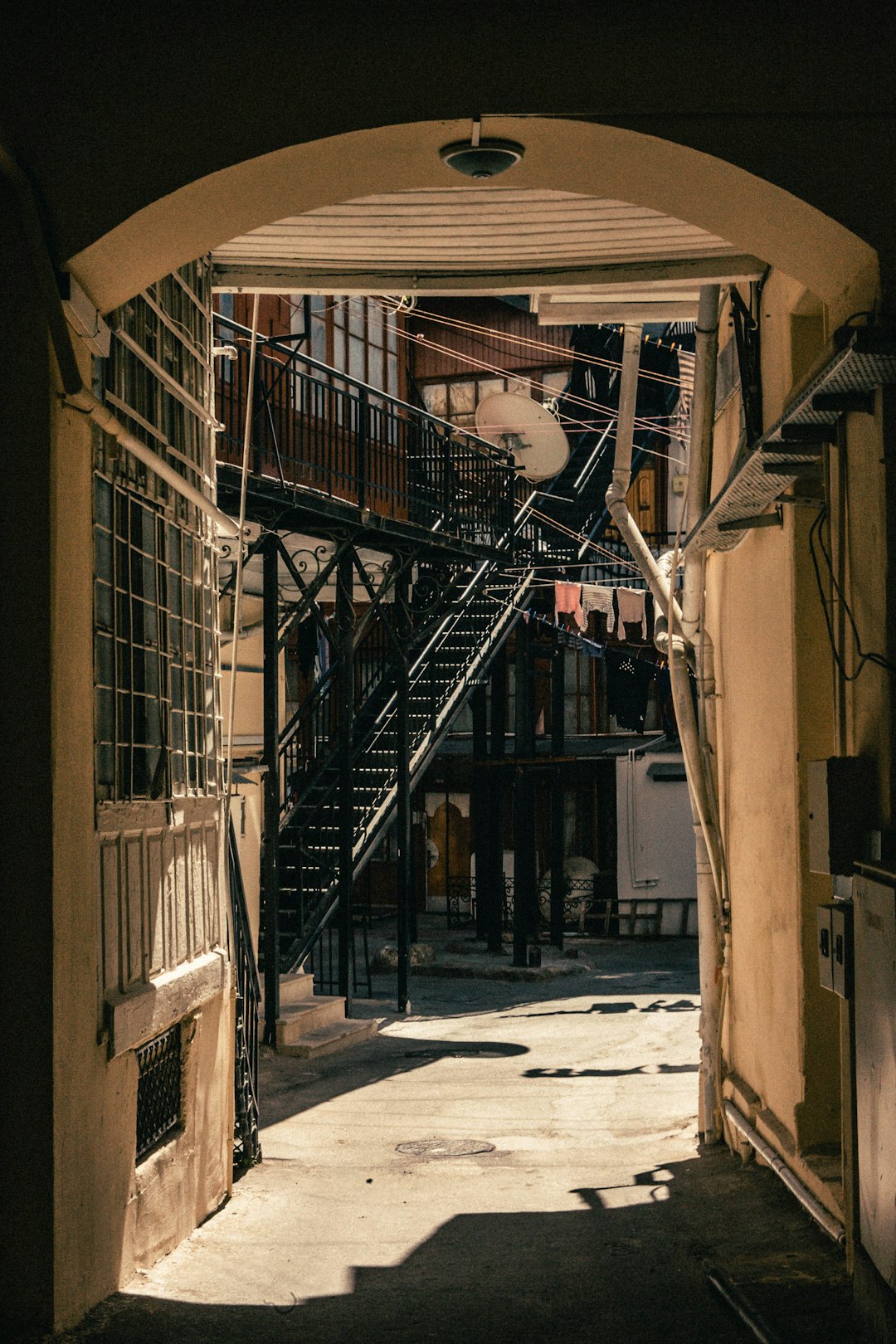
Virginia City provides one of the best-preserved examples of American West mining camps, perched high in the Rocky Mountains along Alder Gulch where gold was discovered in 1863. This settlement became home to Montana’s first public school, newspaper, and telegraph system. During summer months, costumed actors bring the 1860s back to life with historical reenactments throughout the restored buildings.
Virginia City and nearby Nevada City became known as the site of the richest placer gold strike in the Rocky Mountains, with an estimated $30 million worth of gold removed in just the first three years. Today it functions as an outdoor theme park where gift shops and restaurants occupy buildings that date back to Montana’s mining boom.
Garnet Ghost Town’s Perfectly Preserved Interiors
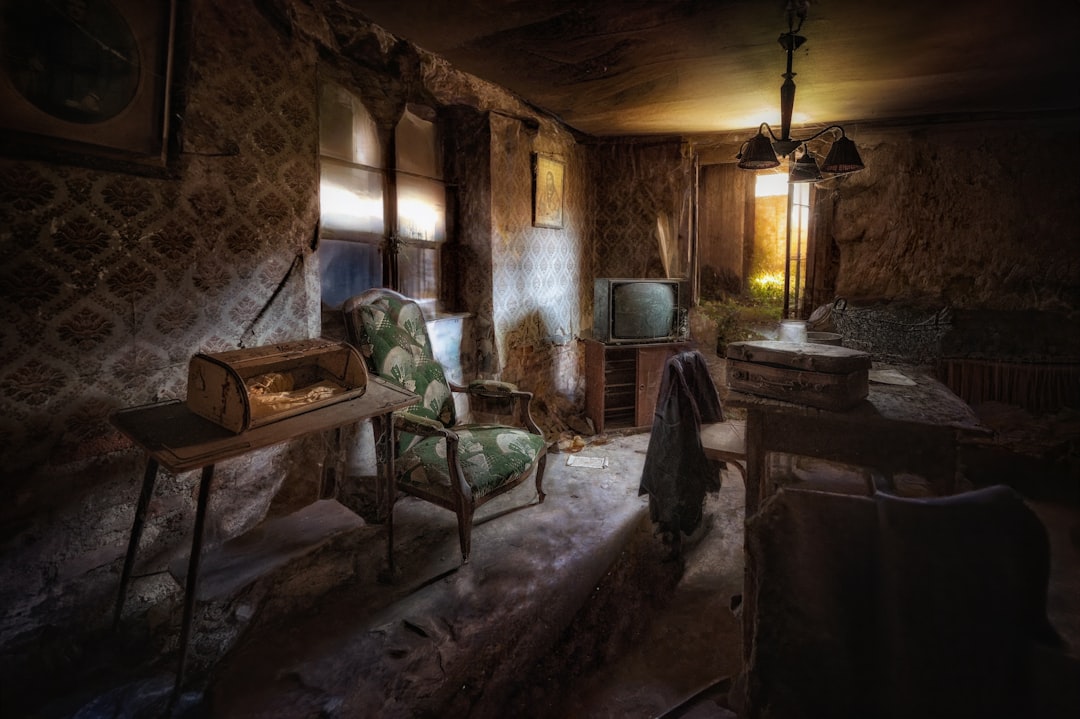
Located 30 miles from Missoula, Garnet is an abandoned mining town dating from the 1860s, situated at approximately 6,000 feet in elevation. The interiors of buildings like Kelly’s Saloon, Davey’s store, the J.K. Wells Hotel, and the Adam House remain remarkably intact, with the second floor of the hotel being particularly photo-worthy. Listed on the National Register of Historic Places in 2010, the town is managed by the Bureau of Land Management.
Both Bannack and Garnet stand out from Montana’s other ghost towns because they have many partially furnished, largely intact buildings, rich history, and remain completely non-commercial. These architectural wonders were typically one room structures, no larger than fourteen by eighteen feet, made of board with prairie sod on the roof.
Pioneer Homesteads Dotting the Prairie Landscape
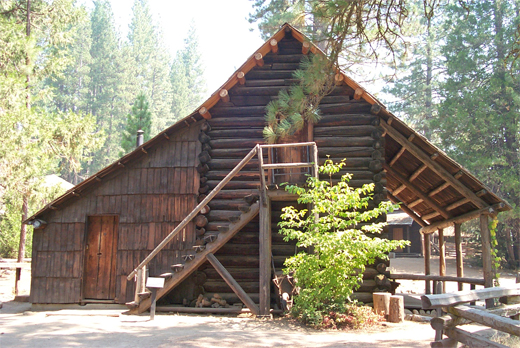
The federal government’s Homestead Acts, passed between 1862 and 1912, promised hundreds of acres of free land to settlers who could “prove up” their claims within a specific time period. Homesteaders constructed barns, cabins, and shacks using readily available materials like wood, stone, and sod. To this day, homesteads pepper Montana’s rural landscape as reminders of an era filled with optimism and bravery.
Some of the most fascinating homestead structures can be found around Virginia City, on the drive between Missoula and Garnet Ghost Town, and east of Miles City through beautiful prairieland. These “soddies” often had turf roofs and were lined inside with building paper or newspaper, each containing a cook stove as the central feature.
Historic Mining Camps Hidden in Mountain Valleys
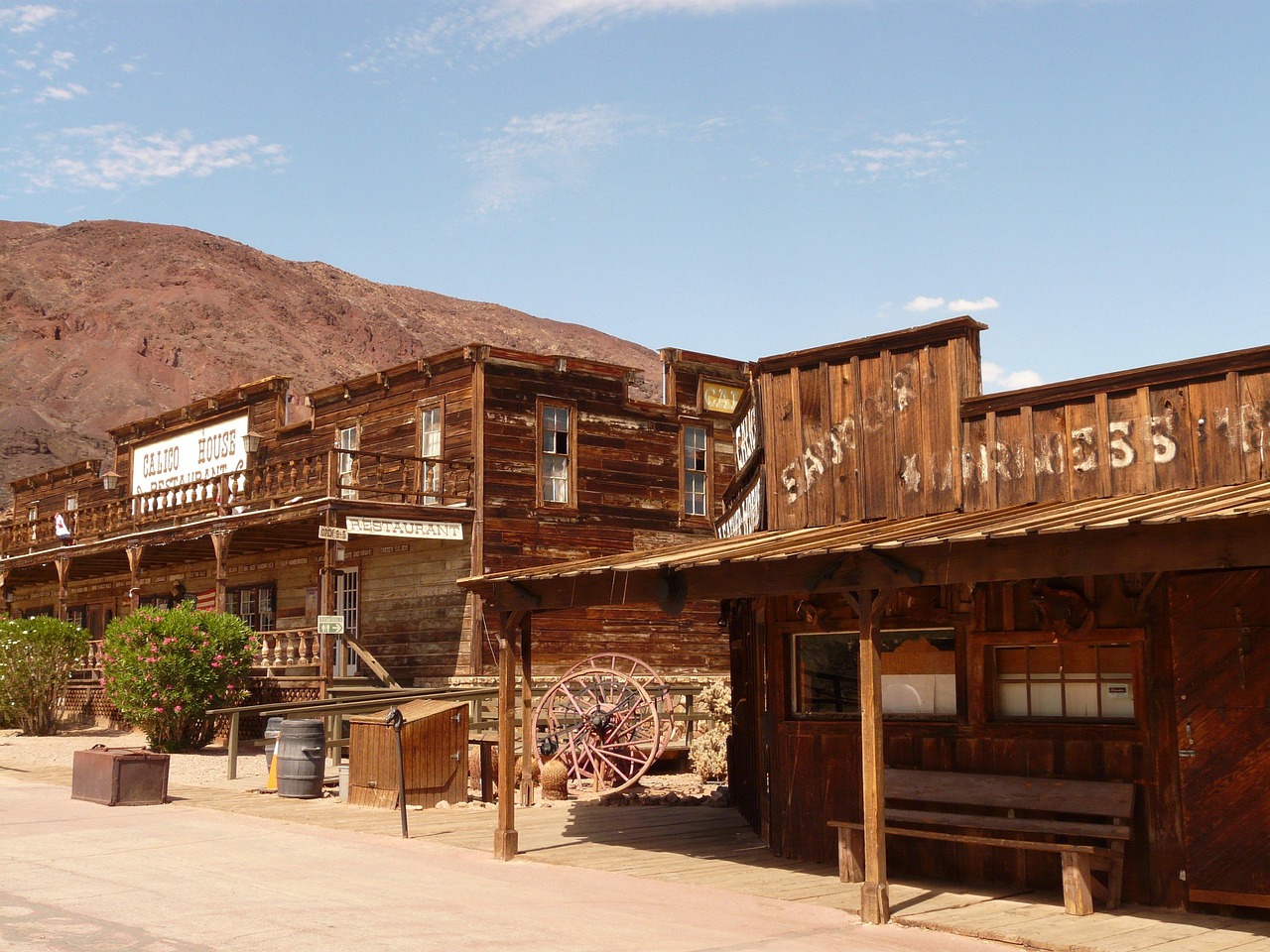
The ghost town of Coolidge exists today as a collection of building ruins on the east side of Elkhorn Creek, along with the Elkhorn Mine and ruins of a massive silver processing mill. Silver was first discovered in the Granite area in 1865, and by 1875 a massive silver deposit was found that eventually produced about $300,000 worth of silver annually at its peak, worth roughly $10 million today.
The town of Granite reached a population of about 3,000 people by the early 1890s and was surprisingly civilized, featuring a library, hospital, school, and several churches alongside the typical mining camp establishments of saloons and brothels. The silver mine that made Granite famous was discovered in 1872 and nearly shut down until a final dynamite blast revealed a massive and rich yield, but the population eventually dwindled and the mine closed.
Frontier Architecture Along Scenic Byways
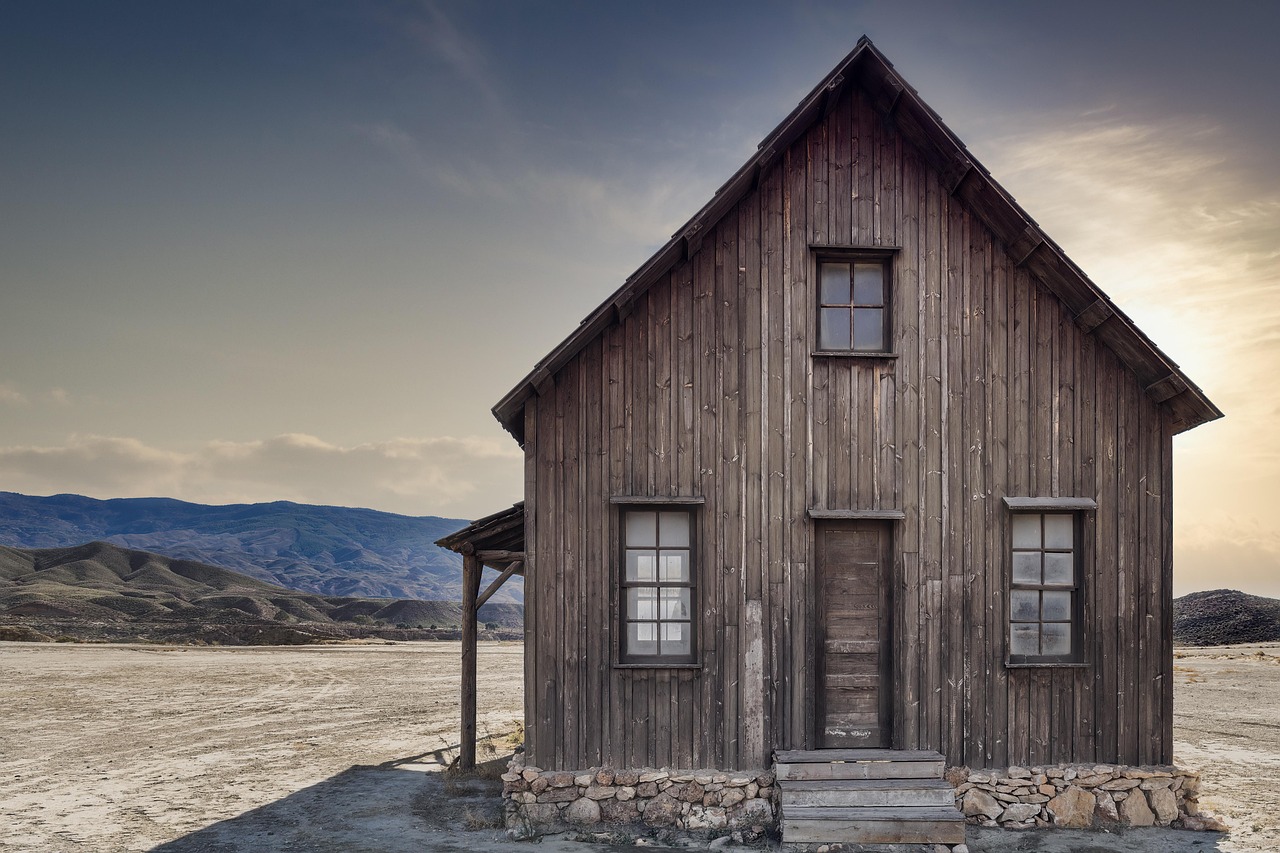
As homesteaders found agricultural success, they built more permanent structures, with farmhouses and agricultural towns featuring buildings in utilitarian folk styles as well as Neoclassical Revival, Queen Anne, and Rustic architectural styles. The town of Wilsall has roots in the cattle ranch of Will and Sally Jordan and the Northern Pacific Railroad’s 1909 spur line, with the historic grain elevator serving as a reminder of both the railroad and homesteading eras.
Historic structures like the Manlove homestead, with its core dating to around 1864, have been moved to roadside locations and serve as landmarks along highways like U.S. Highway 287. Virginia City alone contains a comprehensive inventory of almost 300 historic and non-historic properties.
Abandoned Churches and One-Room Schoolhouses
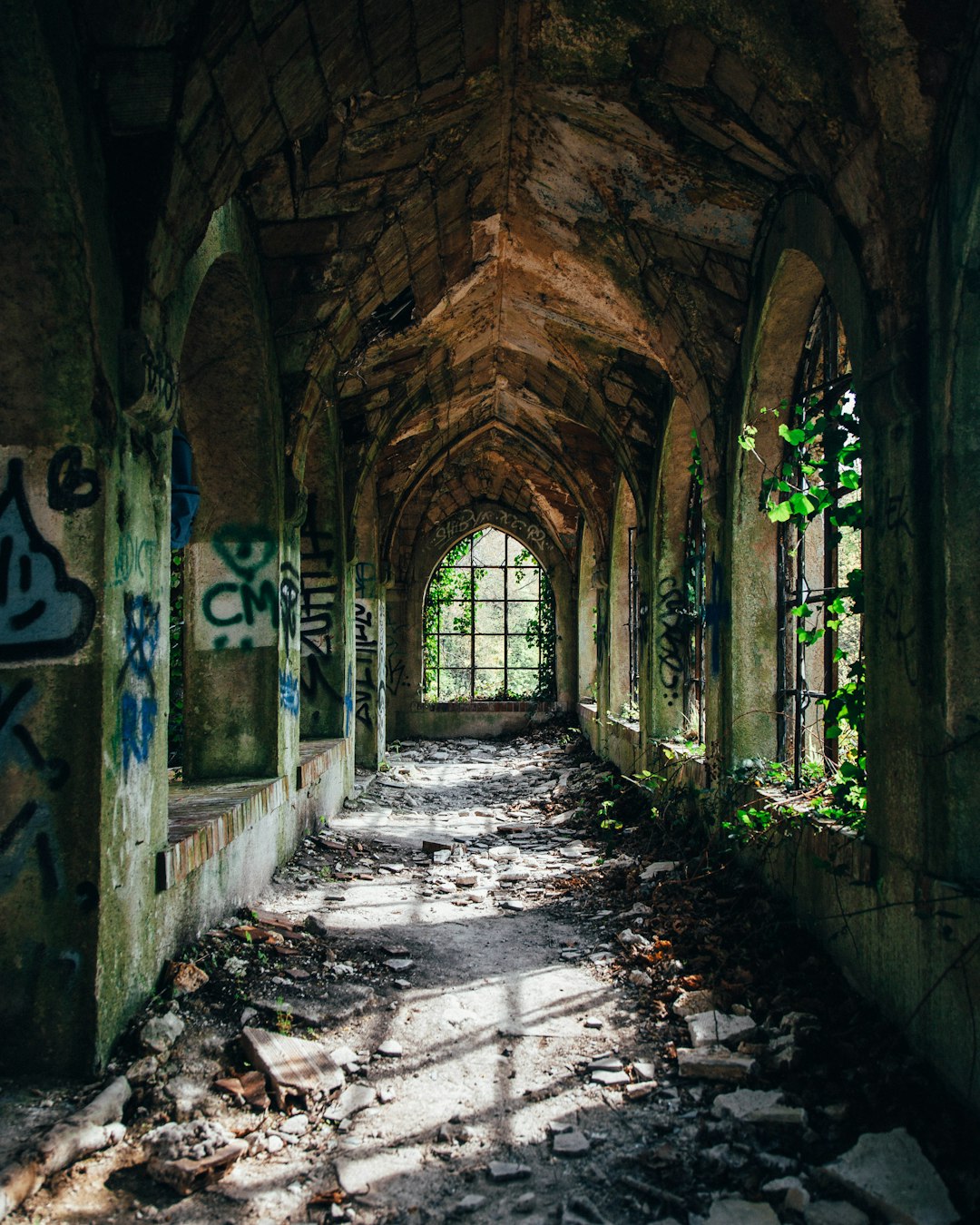
In places like Ringling, once a thriving agricultural community, only a few structures remain including the old church and schoolhouse that stand as silent sentinels surrounded by rolling hills and open skies. In Bannack, the Masonic Lodge built a combination lodge and schoolhouse in 1874, and classes were held in this building for nearly 70 years.
Marysville was once a thriving gold-mining town with around 100 people still living there today, nothing like the boom days when Tommy Cruse’s Drumlummon Mine made it the leading gold producer of the late 19th century. Several original buildings listed on the National Historic Register still stand, including a historic Episcopal Church that continues to operate within the community.
Dramatic Mountain Passes and Valley Drives

Going-to-the-Sun Road offers some of the country’s most spectacular scenery, spanning 50 miles across Glacier National Park with narrow shoulders, winding curves, and rushing waterfalls beneath the road, while mythical mountains rise into the sky. The Seeley-Swan Valley corridor stretches approximately 90 miles along Highway 83, bordered by the Mission Mountains and Swan Range, featuring a chain of over two dozen mountain lakes along the Clearwater River.
The Pintler Veterans’ Memorial Scenic Highway, also known as the Anaconda-Pintler Scenic Route, serves as an excellent diversion from Interstate 90 between Butte and Missoula, with the 64-mile two-lane route slowed down by historic towns and outdoor recreation opportunities. Two quintessential stops include Anaconda and Phillipsburg, offering similar historic aesthetics with opportunities to mine for Montana Sapphires and enjoy the black slag bunkers at Old Works Golf Course.
Living History Museums and Reconstructed Settlements
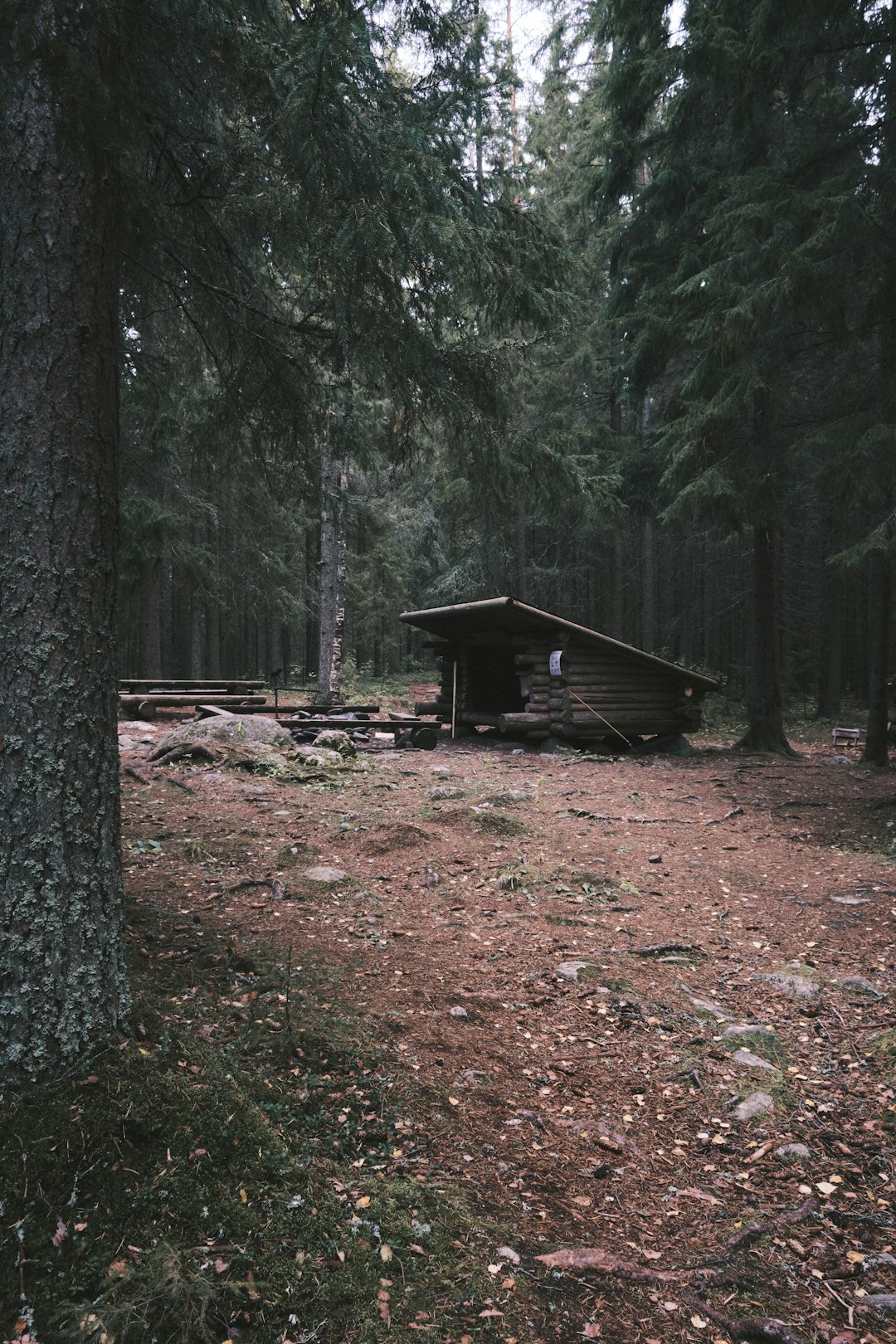
The original cabins from the reality TV series Frontier House are located in Nevada City, where three family groups lived as homesteaders did in Montana Territory in 1883. Nevada City serves as an ideal place to learn frontier skills like cooking on wood stoves, building log cabins, working with horses, milking cows, and cutting firewood.
The Museum of the Rockies in Bozeman features a reconstructed homestead cabin and Living History Farm with costumed interpreters offering hands-on history lessons about pioneer life. Production teams have learned that it was common for 1880s Montana homesteaders to find abandoned cabins and live in them while building better housing, often based on historic plans for miners’ cabins discovered in library archives.
Trading Posts and General Stores From the 1800s
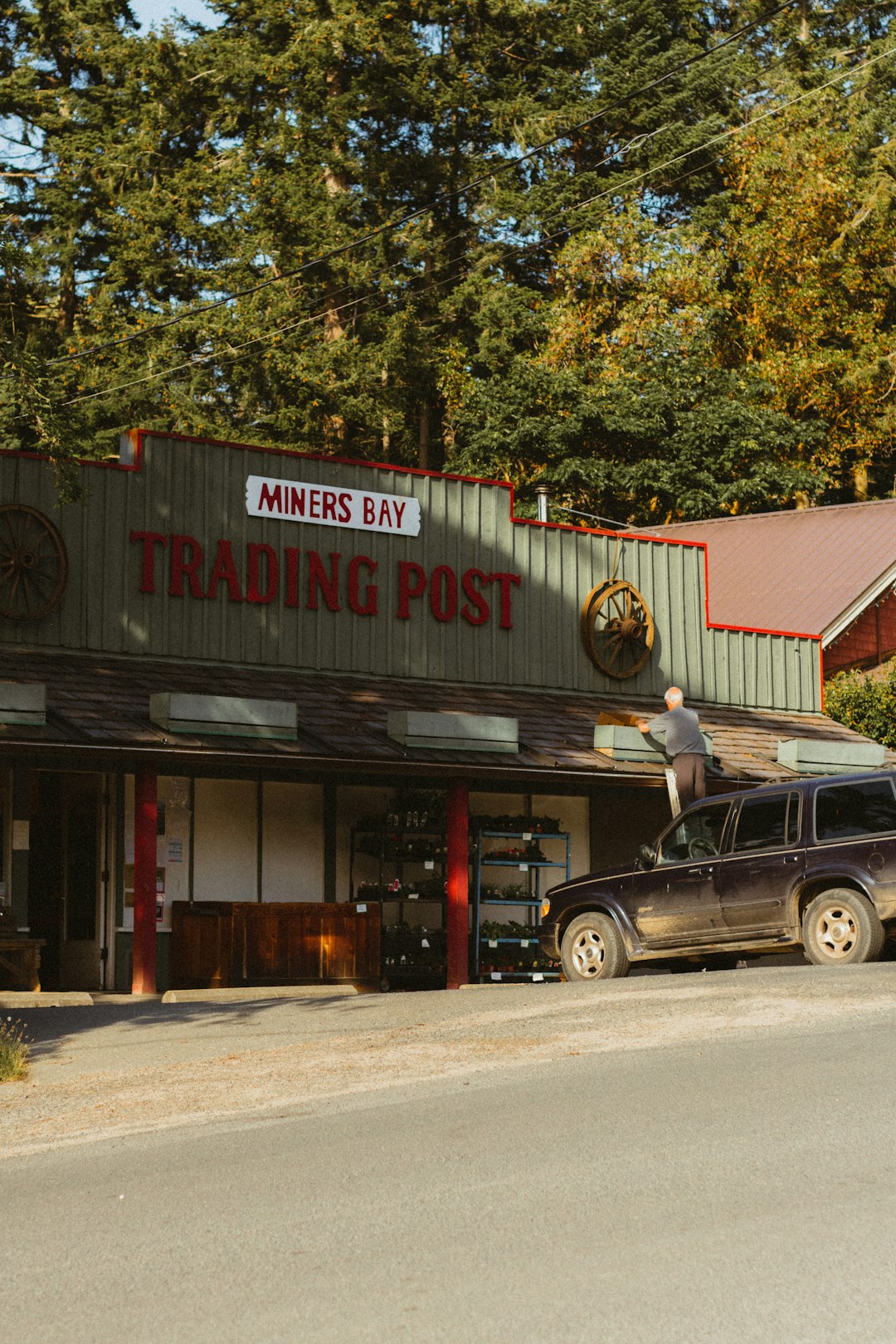
The town of Laurin was established around a trading post run by Frenchman Jean Baptiste Laurin, and his store prospered by carrying supplies for miners and trading furs with Native Americans. Two Dot, named after a cattle brand, was once a bustling ranching town but today remains quiet with just a few scattered buildings including the old general store and post office that hint at its lively past.
During Bannack’s boom years, the city had grown to include houses, blacksmith shops, hotels, a grocery store, restaurant, brewery, and four saloons, with permanent structures appearing along the main street as mining camps were established at Grasshopper Creek. At its peak, Bannack had a population of about 10,000 people and featured three hotels, three bakeries, three blacksmith shops, two stables, two meat markets, a grocery store, restaurant, brewery, billiard hall, and four saloons.
Vigilante Justice Sites and Courthouse Squares

In the fall of 1863, over 100 people were killed in road agent robberies, leading Virginia City to form the “Vigilance Committee of Alder Gulch” that rode into Bannack and captured Sheriff Henry Plummer and two deputies, hanging them without trial. The Vigilance Committee arrested and executed 20 people in two months’ time, with Plummer being hanged on January 10, 1864, after one of his associates confessed to their crimes.
In 1875, the Beaverhead County Courthouse was built in Bannack and still stands today, playing a role in one of the town’s most exciting events in August 1877 when the community was threatened with a Native American attack. Twenty-two individuals were accused, informally tried, and hanged by the Montana Vigilantes of Bannack and Virginia City, with Nathaniel Pitt Langford, the first superintendent of Yellowstone National Park, serving as a member of that vigilance committee.
Railroad Depots and Transportation Corridors
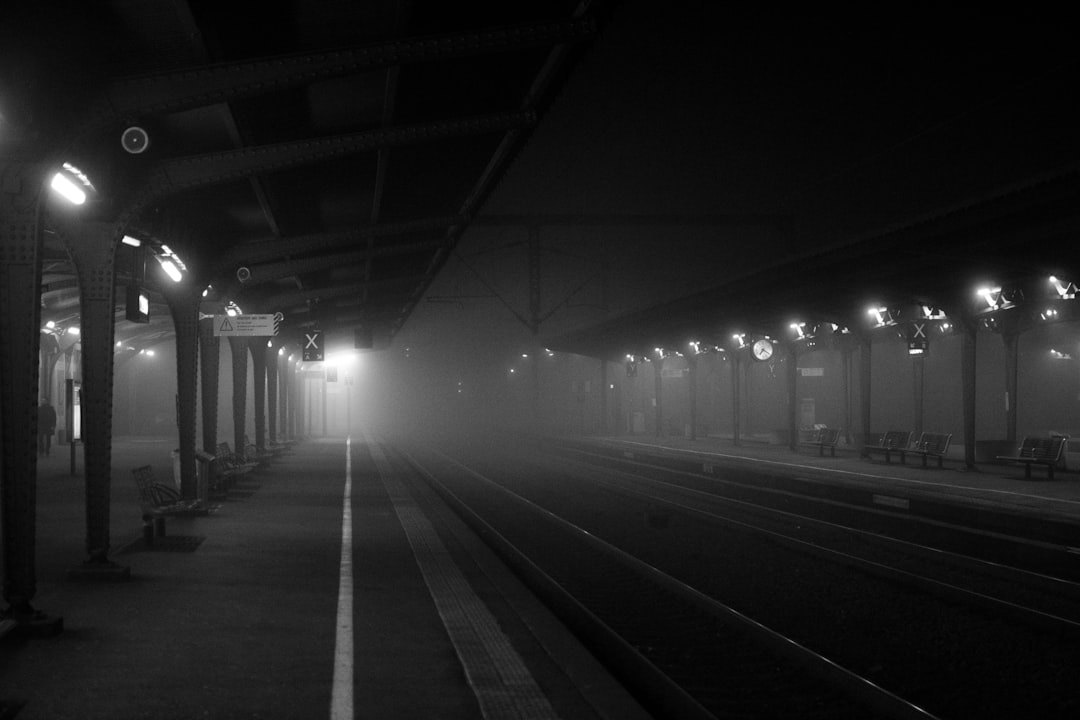
Railroad companies recognized homesteading opportunities and joined the frenzy, with the Northern Pacific Railroad selling thousands of acres to eager buyers while the Milwaukee Road aggressively marketed properties in the “Treasure State”. With the early 20th century homesteading boom, educational institutions began to expand, changing names and adding buildings including auditoriums and classroom wings designed by architects like Charles S. Haire.
Beautiful prairieland and striking recreation areas like the Strawberry Hill Recreation Area near Baker provide scenic corridors connecting historic homestead sites throughout eastern Montana. The famous ID-12/MT-12 route features an iconic “WINDING ROAD NEXT 99 MILES” sign that has been on many motorcyclists’ bucket lists for years.
Conclusion: Where Past and Present Collide

Montana’s vanishing pioneer homesteads are more than just old buildings – they serve as windows into the past, with each site telling stories of the people who shaped the state’s history. These hidden gems tell stories of resilience, adventure, and the American spirit, and visiting these sites allows you to almost hear the echoes of settlers who braved harsh conditions to build new lives.
As you drive through Montana’s vast landscapes today, these preserved settlements offer something increasingly rare in our digital world – genuine silence and space for reflection. The weathered buildings stand as monuments to human determination, each one a chapter in America’s westward expansion story. Whether you’re drawn to the dramatic vigilante history of Bannack or the perfectly preserved interiors of Garnet, these time capsules provide an authentic glimpse into a world where survival depended on community, hard work, and an unshakeable belief in tomorrow’s possibilities.




